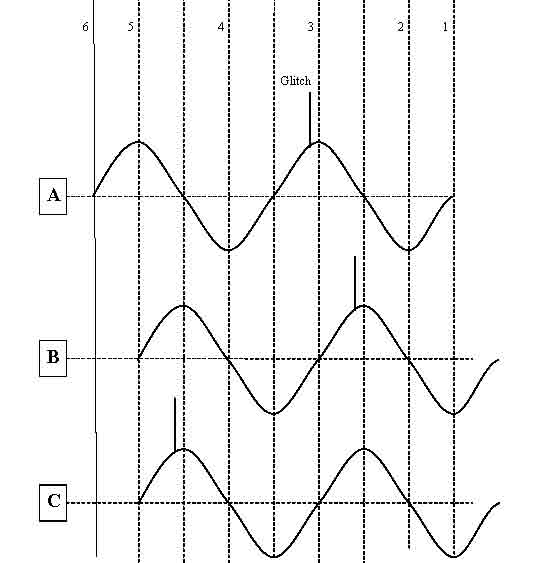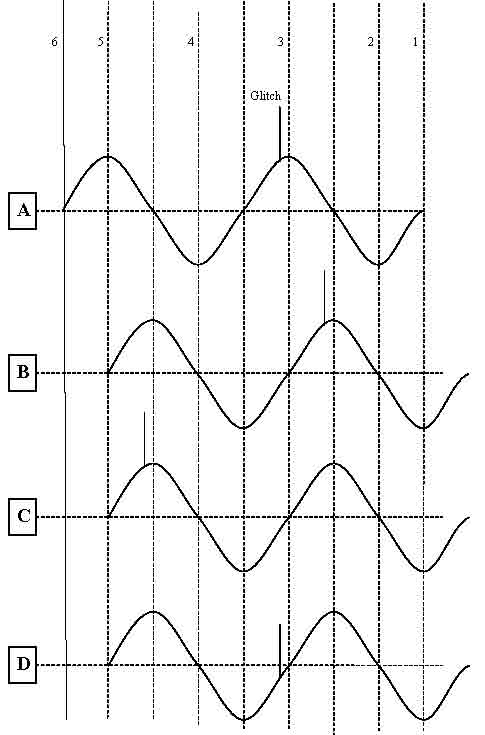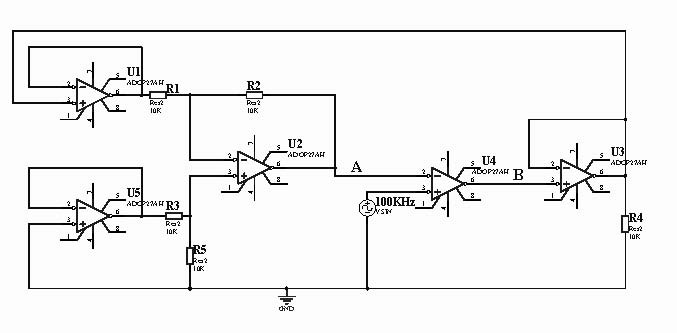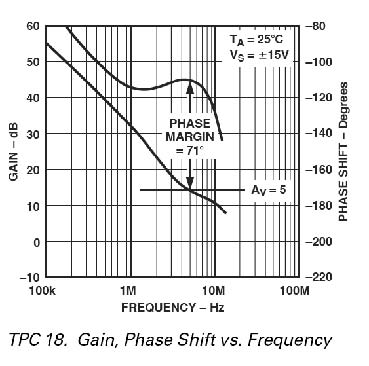fala
Full Member level 5

Hello, I have a problem with understanding the concept of phase lead. I have read the formulas and I know that a high pass filter can introduce a phase lead. I also have read that a low pass filter can produce a phase lag. I don’t have any problem with phase lag. It is very logical because previous state of a wave can be stored in the cap of a low pass filter and introduces a phase lag depending on the RC constant but what I don’t understand is how a cap can speed up the waveform? How it can send a portion of the wave that it had never been received? As I said I know there are mathematical explanations but I need physical explanation, can someone help me please? Thanks a lot.





